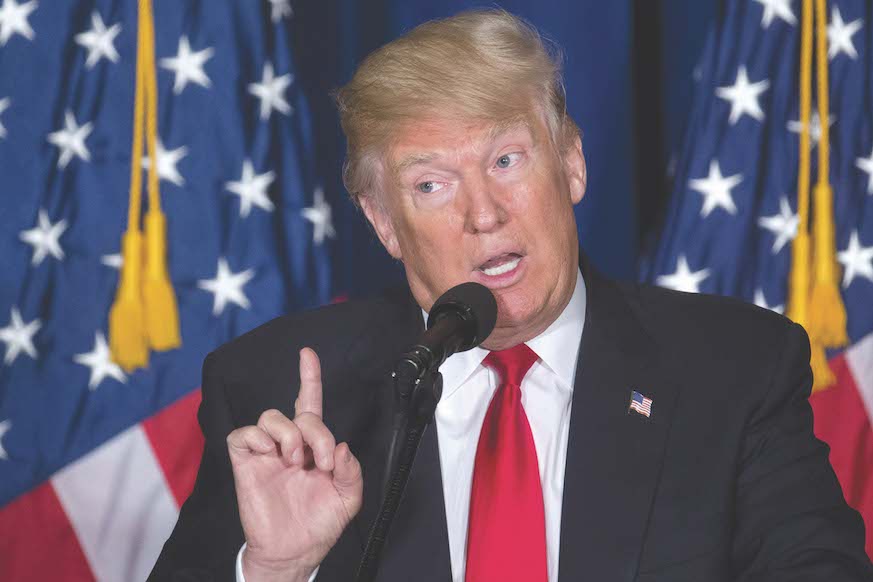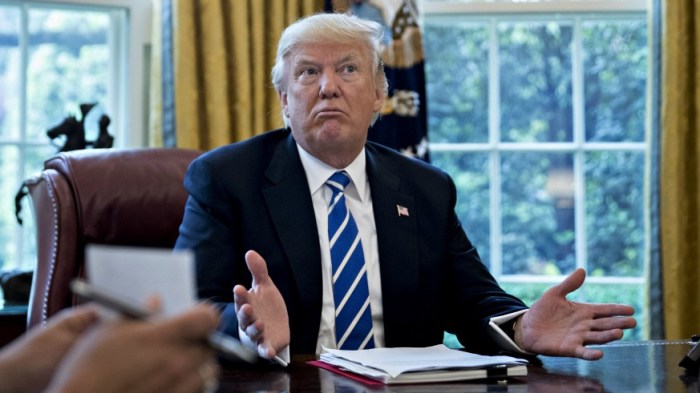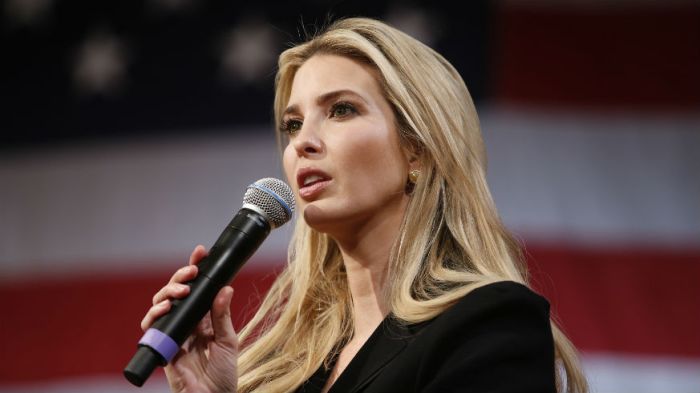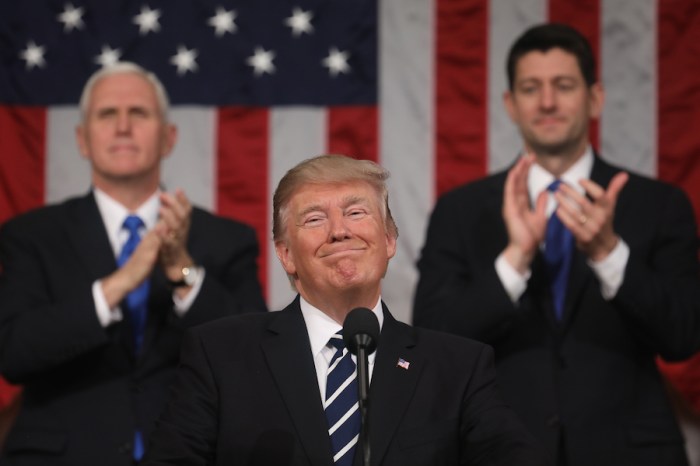President Trump’s planned tariffs against Canada have drawn widespread criticism, but representatives of one industry say he has a point.
Canada’s largest cheese processor says the country has basically blocked imports of American dairy products to make it cheaper for Canadian companies to buy domestic milk, and they should end the policy, known as Class 7, when re-negotiating NAFTA.
“I understand the frustration of the U.S. side and quite frankly I think they have every reason to be upset,” Saputo Inc. CEO Lino Saputo Jr. told Bloomberg on Tuesday. “In the NAFTA negotiations, the elimination of Class 7 would go a long way in trying to get the dairy file closed.”
“There has to be some give,” Saputo said. “The Canadian dairy farmers and the Canadian dairy industry cannot put their head in the ground thinking we’ll come out of this unchanged.”
After leaving the G7 summit last week, Trump lashed out at Canada’s tariffs on American dairy products, which run up to 270 percent in some cases. “Canada charges the U.S. a 270% tariff on Dairy Products! They didn’t tell you that, did they? Not fair to our farmers!” he tweeted on June 8.
What are Canadian dairy tariffs?
Politifact rated Trump’s tweet “mostly true.” After a small limit on imports is reached, Canada levies a tariff on fluid milk of 241 percent, on cheese of 245.5 percent and on butter of 298.5 percent. Dairy producers had found a loophole in recent years: Technology had allowed them to create a product called ultra-filtered milk, which Canadian processors could use to boost the protein content of cheese and other dairy products and American producers could sell duty-free. But Class 7 closed that loophole, and U.S. exports of ultra-filtered milk fell by about half in 2017.
Defenders of Canada’s policy say the country is trying to protect its dairy farmers from an overproduction problem that has plagued their American counterparts, and that America levies sky-high tariffs of its own to shield U.S. industries.
America still runs a trade surplus with Canada overall, and a trade surplus in the dairy category itself.

























